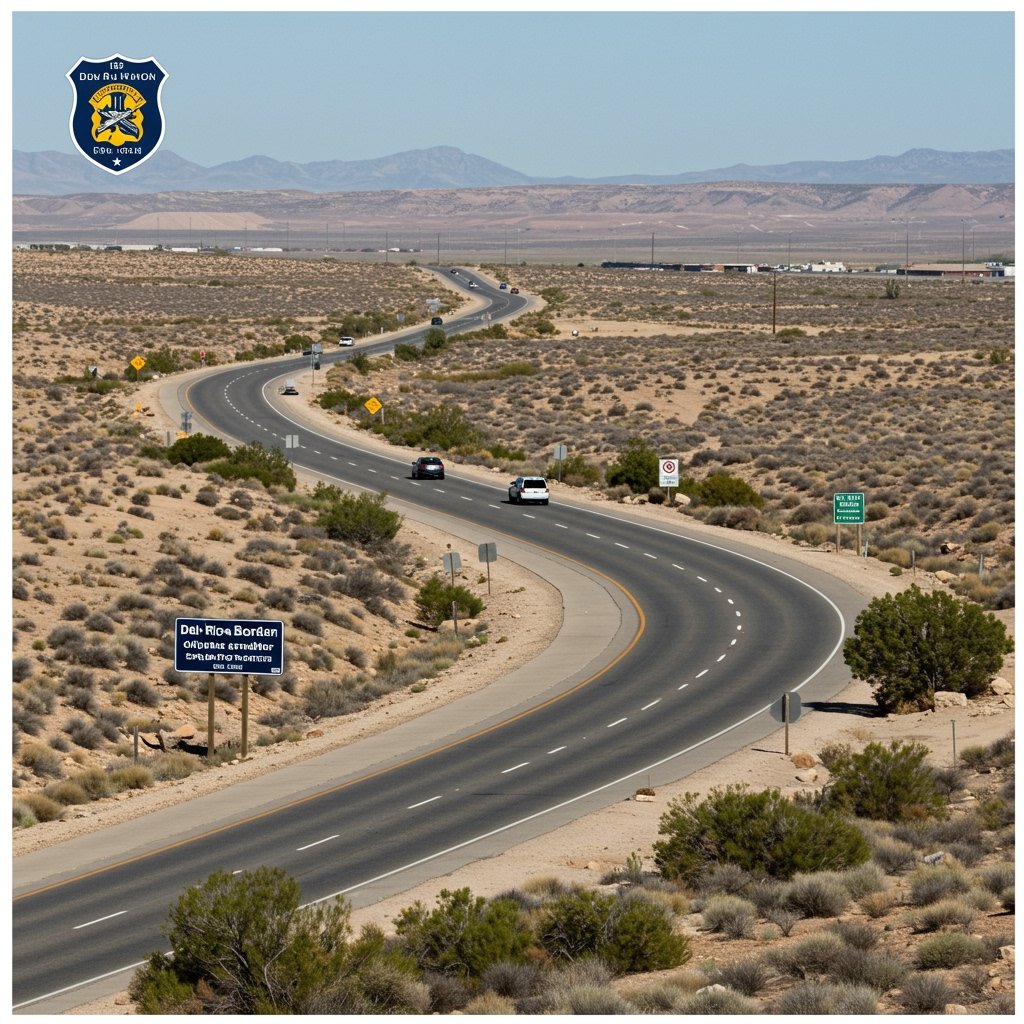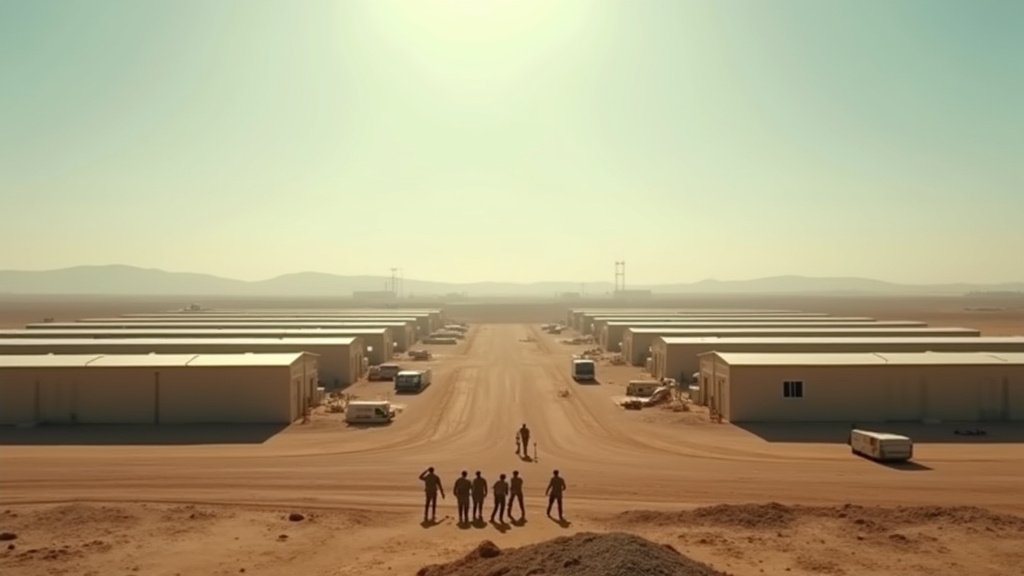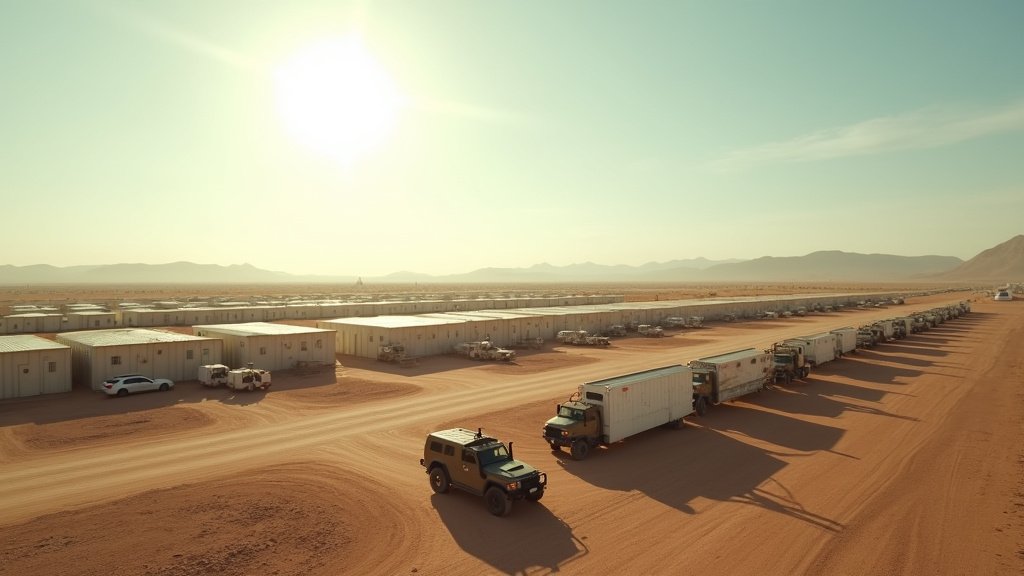Del Rio Sector Sees Significant 18% Surge in Migrant Encounters Post-Tech Rollout
DEL RIO, TX – U.S. Customs and Border Protection (CBP) has reported a substantial increase in migrant encounters within the Del Rio Sector of the Texas border, marking a notable shift in activity immediately following the commencement of expanded technology deployments in the region. The agency’s data indicates a sharp uptick in encounters since February 22nd, 2025, just days after the enhanced technological surveillance and detection systems began activation across parts of the sector.
According to the detailed report released by CBP, approximately 5,800 migrant encounters were documented in the Del Rio Sector over a concentrated three-day period, specifically between February 22nd and February 24th, 2025. This figure represents a significant nearly 18% rise compared to the preceding three-day interval, underscoring a rapid escalation in border crossings in this specific area.
Smugglers Adapting to Enhanced Surveillance, Employing New Deceptive Techniques
CBP officials noted a concerning trend coinciding with the surge: an apparent adaptation by transnational criminal organizations and smuggling groups. The report highlights an increase in smugglers deliberately exploiting less-patrolled river access points along the Rio Grande. These areas, often more challenging to monitor due to terrain or remoteness, appear to be serving as alternative routes as enforcement tightens elsewhere.
Beyond simply changing locations, officials also observed smugglers utilizing new deceptive techniques specifically designed to bypass the recently enhanced sensor coverage. While the exact nature of these techniques was not fully detailed in initial reports, they are believed to involve methods aimed at evading detection by the new technological assets, such as motion sensors, thermal cameras, or ground-based radar. This suggests a sophisticated effort by smugglers to counter the technological advancements intended to improve border security.
Official Response: Recognizing and Countering Adaptable Threats
Acting Sector Chief John Miller addressed the findings, emphasizing the dynamic nature of border security challenges. Miller stated that the observed shift in tactics and location “clearly indicates that smuggling groups are actively adapting to recent enforcement changes,” particularly in response to the technology rollout and related operational adjustments. This acknowledgment highlights the constant cat-and-mouse game played at the border, where enforcement measures are quickly met with countermeasures by those seeking to circumvent them.
Miller further stressed the operational implications of this rapid adaptation, noting that it requires “rapid adjustments in ground operations and resource allocation.” This includes potentially repositioning personnel, deploying different types of surveillance or interdiction assets, and revising patrol patterns in real-time to address the emerging threats at these newly exploited vulnerabilities. The need for agility and flexibility in response is paramount to maintaining effective border control.
Informing Future Strategy and Interagency Coordination
The detailed report generated by CBP on these encounters and the identified smuggling tactics is expected to play a crucial role in ongoing policy discussions and strategic planning. Specifically, the data is intended to inform ongoing discussions regarding federal and state coordination efforts along the border. The Del Rio Sector, covering a vast and diverse area of Texas borderland, involves complex interactions between federal agencies like CBP and state entities such as the Texas Department of Public Safety and the Texas Military Department.
The intelligence gleaned from the February 22nd-24th, 2025, period provides tangible evidence of how shifts in federal strategy, such as technology deployment, can immediately impact ground-level dynamics and necessitate coordinated responses across different levels of government. Effective coordination is essential for optimizing the use of personnel, technology, and intelligence to address the evolving challenges posed by sophisticated smuggling networks. The report’s findings will likely be central to refining joint operations, intelligence sharing protocols, and resource deployment strategies between federal and state partners dedicated to securing the border.
The surge in encounters and the identification of new smuggling methods in the Del Rio Sector underscore the persistent complexities of border management and the need for continuous adaptation in the face of determined adversaries. The information provided by CBP serves as a critical operational intelligence brief, guiding not only immediate tactical responses but also longer-term strategic planning for border security efforts in the region and beyond.






